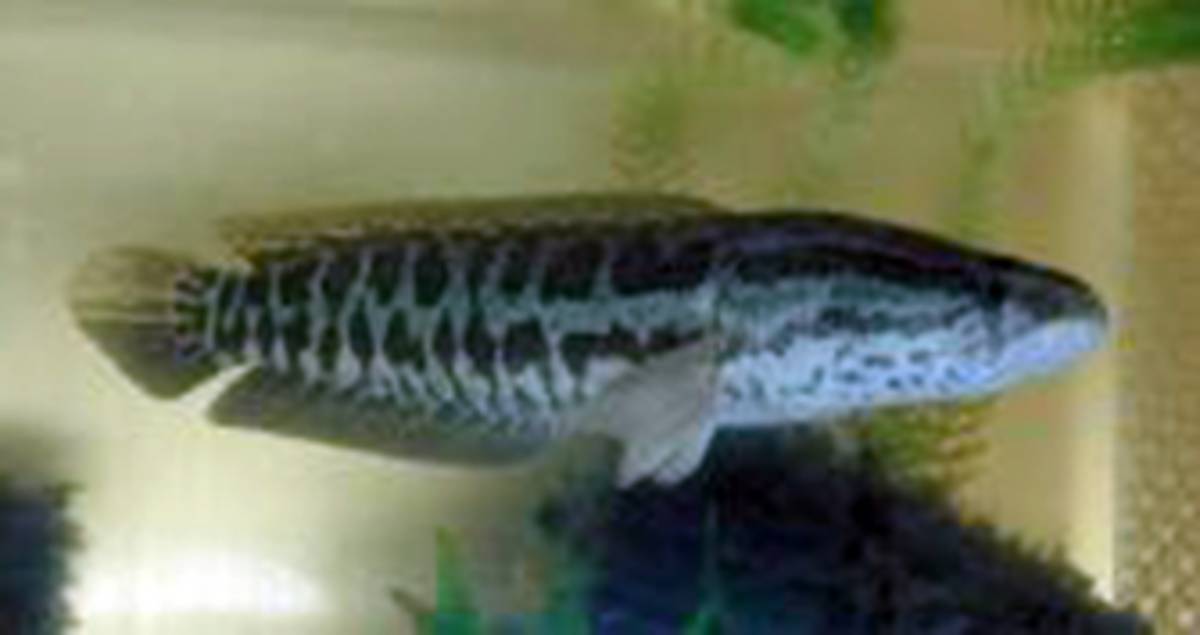Scientists identify 66 alien species that pose the greatest threat to European biodiversity

Scientists have identified 66 alien plant and animal species, not yet established in the European Union, that pose the greatest potential threat to biodiversity and ecosystems in the region.
An initial working list of 329 alien species considered to pose threats to biodiversity was recently published by the EU. From this, scientists have derived and agreed a list of eight species considered to be very high risk, 40 considered to be high risk, and 18 considered to be medium risk.
The research, led by Professor Helen Roy of the UK’s Centre for Ecology & Hydrology, involved 43 people from across Europe and was funded by the European Commission.
The authors developed a horizon-scanning approach in order to derive a ranked list of potential invasive alien species (IAS). Using this procedure, they worked collaboratively to reach consensus about the alien species most likely to arrive, establish, spread and have an impact on biodiversity in the region over the next decade.
The approach is unique in the continental scale examined, the breadth of taxonomic groups and environments considered, and the methods and data sources used.
Species considered included plants, terrestrial invertebrates, marine species, freshwater invertebrates and vertebrates. Among those species considered to be posing the highest risk to European biodiversity is the Northern snakehead (Channa argus). It is a species of fish native to southern and eastern China but now also widely distributed in Japan within shallow, marshy ponds and wetlands, where it preys on native fish species.
Also considered to be of particular threat is the golden mussel, which is native to China and south-eastern Asia, but has invaded the United States and South America. It alters native fauna with an impact on the freshwater food web. Meanwhile, the rusty crayfish, native to the United States, is a large and more successful in deterring attack from predators, thereby outcompeting other native species.
Aquatic species are most likely to arrive via shipping, while terrestrial invertebrates are most likely to arrive along with goods such as plants.
The research provides a basis for full risk assessments that can comprehensively evaluate the threat posed by these species to EU biodiversity.
Professor Helen Roy said: “Preventing the arrival of invasive alien species is the most effective way of managing invasions. Predicting which species are likely to arrive and survive in new regions involves considering many interacting ecological and socio-economic factors including climate but also patterns of trade.”
Event Information
Date: 10.04.2019 - 04:26 PM
Contact
- UKCEH - UK Centre for Ecology and Hydrology
- Phone: +44 (0) 1491 692395
- Email: jhgr@ceh.ac.uk